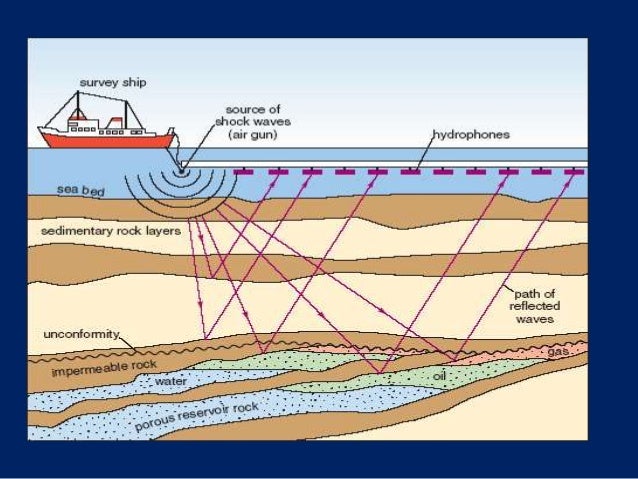The Indigenous people of the Canadian Arctic, the Inuit, live on land under jurisdiction of the Canadian government. Although they can be completely self-sufficient in their nomadic way of life, the heavy European influence during WWII forced these communities to settle in towns, stripping them of their culture. Mass agriculture is impossible in the Arctic, so any threat to the wildlife or ecosystem is a threat to the Inuit. The hamlet of Clyde River is among one of the many communities suffering from one of the highest food insecurity rates in North America – 68% of the Inuit population does not have consistent access to food, despite most communities having a Northern Store. However, the prices are marked up as high as 400% during certain times of year. The Inuit are lucky to have the wildlife to help sustain their food supply, as they respect the wildlife and treat them properly, but need to fight to keep it. Below is a video by AsapSCIENCE that describes the current state of Clyde River:
When the Canadian government forced the people of Clyde River and other Inuit communities to live on government land, they lost their rights to fight Big Oil and its next step in the search for oil and gas deposits in the form of seismic blasting. Seismic blasting affects the wildlife because marine mammals use sound in nearly every part of their lives – communicating, mating and reproducing, raising young, hunting prey and hiding from or fighting predators, for example. In one study, catch rates of cod and haddock decreased 40 to 80% for thousands of miles, after seismic surveys. Seismic blasting, high pressure blasts of compressed air shot under water to survey up to 100 km deep into the sea floor to search for oil deposits, is the loudest noise in the ocean, the dynamite-like blasts are louder than underwater volcanoes and earthquakes and can be heard for many kilometers under water. Some species, for example Bowhead whales, cease communication when noise reaches 170 dB, and seismic blasting can reach >400 dB.
Seismic blasting is occurring along the East Coast of USA, and many have voted against it, including big organizations like Oceana. The blasts sound every ten seconds, all day for days to weeks at a time, surveying the ocean floor for oil deposits the same way as in the Arctic. Greenpeace is petitioning to save Canada’s Arctic and prevent Big Oil from beginning a 5-year seismic blasting plan that is scheduled to begin in summer 2017 and blast every ten seconds, 24 hours a day, for the majority of each year.

Clyde River supporters protesting the National Energy Board approval of seismic testing in Baffin Bay and Davis Strait in July 2014. From http://bit.ly/1LonlGE
Clyde River, backed by Greenpeace and others, has a hearing on November 30th in the Supreme Court of Canada against Big Oil. Sign the petition to stop seismic blasting, save our marine wildlife, and support Inuit communities, who need our help now more than ever: http://arctic-home.greenpeace.org/en-ca/


